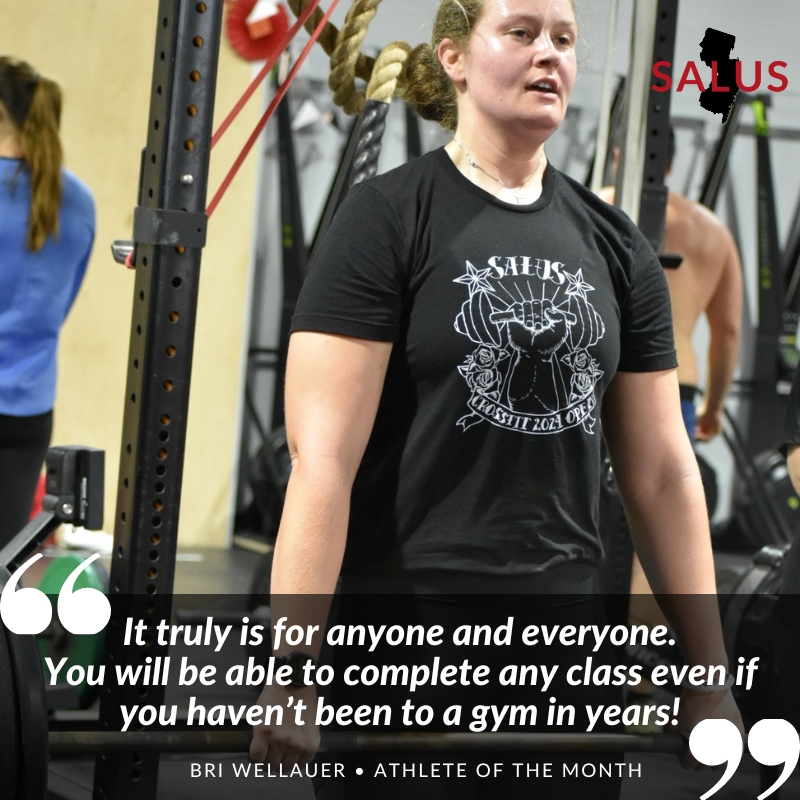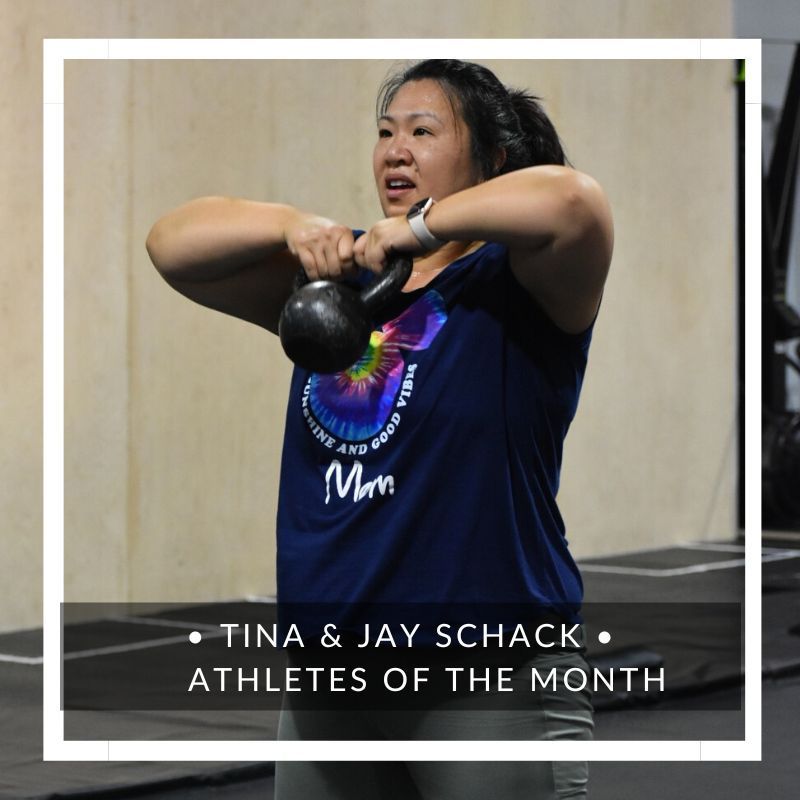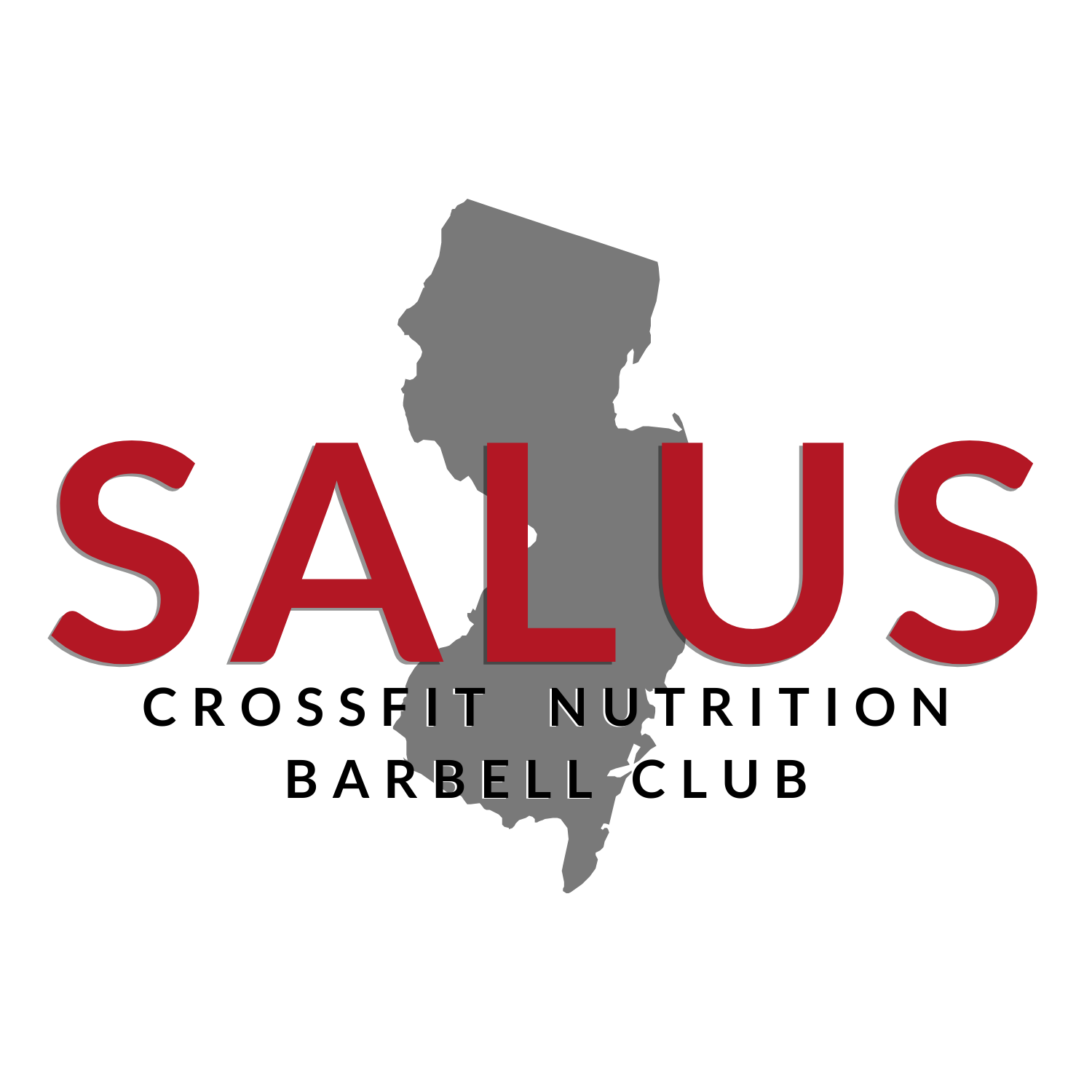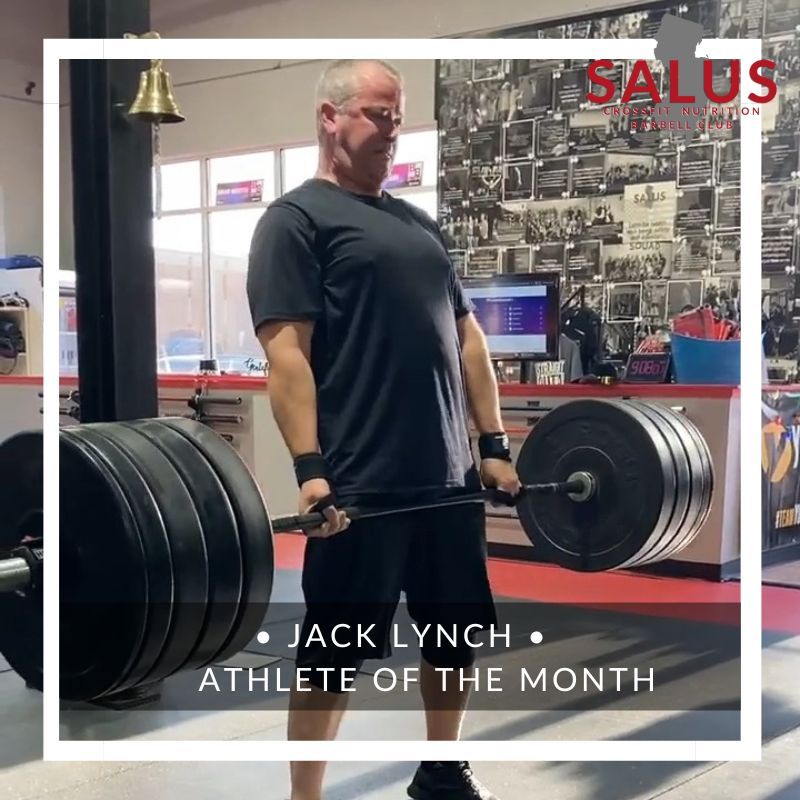Mobility: Why You Need to Do It
When you put effort into mobility for CrossFit, Olympic lifting, etc., you’ll start to notice serious improvements (ie: gains) in your training, more frequent PRs, smoother reps, and a faster recovery (preventing that dreaded DOMS).
Athletes who exercise regularly might find they feel held back in certain exercises because of limited range of motion (ROM). In fact, a limited mobility (and stability) will even hinder performance. If you want to boost performance in CrossFit, Olympic Lifting or other workouts, you have to fix any mobility restrictions.
Whether it’s tight hips holding you back in your squat, a tight upper back hindering your front squat, or the commonly tight shoulders limiting your overhead movements, by addressing mobility, you’ll not only be safer during exercise, but you’ll also be able to do each repetition faster, smoother and much more comfortably.
Mobility for CrossFit: Some Options to Start With
Soft Tissue Work

Self-myofascial release (SMFR) is one of the most common forms of soft tissue work.
You’ll recognize this by using tools such as:
- foam rollers,
- lacrosse balls,
- massage sticks and
- softballs.
This is can be performed before or after your training sessions.
Static Stretching
Static stretches are typically held for at least 30 seconds.
Think:
- hamstring stretch,
- couch stretch,
- calf stretch
- t-spine stretch over the foam roller.
While these are good to do briefly before your workout, post-workout is where you’ll see more of the benefits from static stretching.
Joint Mobilization

Joint mobilization typically involves bands to help provide distraction at a specific joint. The goal of joint mobilization is to help increase ROM of a joint capsule by breaking up adhesion and stretching space around the capsule itself.
What About R.I.C.E.?
Most of us are familiar with the protocol for treating sports injuries called R.I.C.E. (Rest, Ice, Compression, Elevation). In fact, many of us have probably been told to “put some ice on it” at one time or another for as long as we can remember. And yet, close to forty years after its original publication, the doctor behind the R.I.C.E. recommendation retracted his advice:
“Almost forty years ago, I coined the term RICE as the treatment for acute sports injuries. Subsequent research shows that rest and ice can actually delay recovery. Mild movements help tissue to heal and the application of cold suppresses the immune responses that start and hasten recovery.” – Dr. Gabe Mirkin
Wait, what? Hold on…how can something so universally accepted and practiced be wrong? As health detective Chris Kresser points out, the history of science is a history of most people being wrong about most things most of the time.
Now we know much more about the role of inflammatory cells in healing than we did back in 1978. While still useful as a short-term treatment to decrease pain , it has been shown that ice does nothing to improve recovery and likely slows and actually delays the healing process.
So, now what? Where do we go from here?
Studies show that the best thing you can do to optimize recovery is to MOVE your body.
According to an article in the Journal of the American Academy of Orthopaedic Surgeons, the goal is to find practical active recovery and loading methods that will not aggravate the tissue or cause any additional damage.
Ideally, activate the muscles surrounding the damaged tissue in order to achieve the largest amount of pain-free, low-stress, and non-fatiguing muscle activation. Mild, controlled movement in the affected area will generate a lymphatic flush and increase circulation, bringing nourishment in and waste out of the area.
Bottom line: If you want to speed up recovery, skip the ice and focus on controlled, low-stress, non-fatiguing muscle activation along with mobility as listed above.
Mobility – What’s Right for Your?
Not sure what to do, or when? Chat with one of our knowledgeable coaches for more information on how to supplement mobility for CrossFit or Olympic Lifting with your training; we’ll help you fix any position-problems that might be holding you back.
The post Mobility: Why You Need to Do It appeared first on Salus.
Recent posts


QUICK LINKS
CONTACT
Phone
Address
1680 State Route 35 Middletown, NJ 07748
New Paragraph



